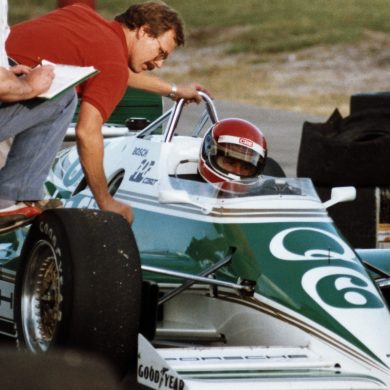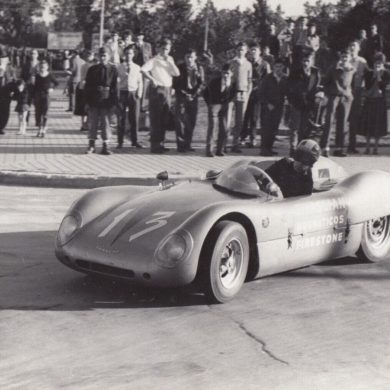Porsche are using the latest 3D printing technology to make lighter pistons and improved power in the 911 GT2 RS.
3D printing allows the pistons to be manufactured with a structure that is optimised for the loads acting on the pistons. This has given them a distinct advantage of being a whole 10% lighter than forged series production pistons. Additionally, with the 3D technology, the pistons have an integrated and closed cooling duct in the piston crown that could not have been produced by conventional methods.
Source: Porsche / The piston blanks after the printing process
“Thanks to the new, lighter pistons, we can increase the engine speed, lower the temperature load on the pistons and optimise combustion,” explains Frank Ickinger from the advance drive development department at Porsche. “This makes it possible to get up to 30 horsepower more power from the 700 horespower biturbo engine, while at the same time improving efficiency.”
Source: Porsche / Pistons for the 911 GT2 RS from a 3D printer
Porsche are manufacturing the pistons from high-purity metal powder using the laser metal fusion process. The 3D printer laser beam creates the piston by heating and melting the metal powder surface corresponding to the part contour.

This is not the first project Porsche has used 3D printing. Since May, Porche has made available a 3D-printed bodyform buckseat for the model 911 and 718. In addition Porsche Classic also uses additive processes to reproduce plastic, steel and alloy spare parts that were previously no longer available.












